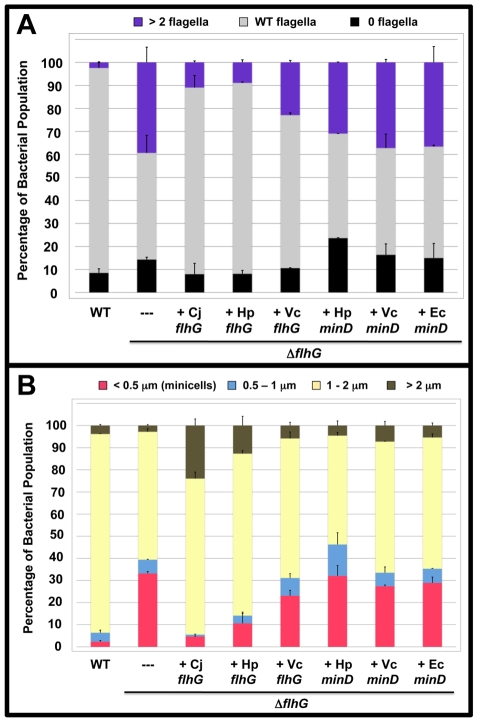Figure 4. The polar flagellar number and minicell phenotypes of C. jejuni ΔflhG upon complementation in trans with flhG or minD orthologs.
(A and B) C. jejuni ΔflhG was complemented in trans with vector alone (-), or flhG or minD from C. jejuni (Cj), H. pylori (Hp), V. cholerae (Vc), or E. coli (Ec). (A) Quantification of flagellar numbers of wild-type C. jejuni and C. jejuni ΔflhG upon complementation. Individual bacteria were analyzed for the number of flagella produced at each pole. The data are reported as the percentage of bacterial populations with the following flagellar numerical patterns: >2 flagella, producing two or more flagella at least at one pole (purple); wild-type flagella, producing a single flagellum at one or both poles (grey); and 0 flagella, aflagellated bacteria (black). The data represent the average of two experiments. Bars represent standard errors. (B) Quantification of lengths of the cell bodies of wild-type C. jejuni and C. jejuni ΔflhG upon complementation. The lengths of the cell bodies of bacteria were measured. Wild-type C. jejuni and C. jejuni ΔflhG mutant were complemented with vector alone, or vector expressing wild-type flhG. The data are reported as the percentage of bacterial populations with the following cell lengths:<0.5 µm, minicells (red); 0.5–1 µm (blue); 1–2 µm (yellow); and >2 µm (brown). The data represent the average of two experiments. Bars represent standard errors.

